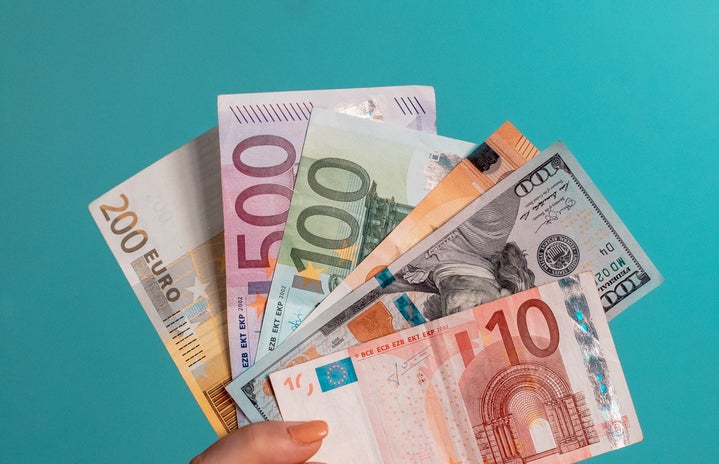Have you been looking into taking control of your finances by getting a card? Have you run across a lot of information about debit and credit cards, but you didn’t understand the difference between the two? There is a plethora of information on the internet regarding the benefits and drawbacks on debit and credit cards, but there are very few sources that take the time to explain what the differences between the two are. No need to worry! In this article, you’ll learn the basic differences between debit and credit, so you can decide which card is best for your lifestyle.
Debit
Chances are, you have or have had exposure to a debit card. Debit cards are one of the most common forms of payment because they’re so convenient, easy to use, and financially safe. Your debit card is linked directly to your bank account–usually your checkings–and withdraws money from that account to pay for your debit card purchases. Using a debit card is basically like using cash but without all the fuss of carrying around paper bills and metal coins. However, unlike with cash, with a debit card you can spend more money than you actually own. If you spend more money than is in your account, you’ll get heavy overdraft fees.
The Bottom Line: Debit cards are more convenient than carrying around cash, but if you’re not careful about how much you spend, you can get hit with outrageous overdraft fees.
Credit
Unlike debit cards, credit cards are not directly linked to your banking account. When you spend money on a credit card, you spend the credit company’s money. At the end of the pay period (about one month), you use your money from your bank account to pay back your credit purchases. Credit cards are great for people who need to make large purchases but don’t quite have the money to pay it all off in full immediately. This is because you have the option to pay off your minimum balance (a portion of the total that you owe) each month rather than your full balance. Credit is also great for people who need to make immediate purchases but won’t have money to do so for another few days or weeks because you only need to pay your credit card bill once per month. However, if you spend so much money that you can’t even pay your minimum balance back, then you’ll end up paying your balance as well as high interest rates.
The Bottom Line: Credit cards are great for making large or immediate purchases, but if you’re not careful about how much you spend, you can end up owing a ton more money in the form of interest.Still a little confused? Here’s a quick recap:
Debit
Upsides:
– Convenient and easy; it spends like cash.
– Directly linked to bank account, so no need to worry about remembering to make monthly payments.
Downsides:
– Can get overdraft fees.
– Hard to make large or immediate purchases depending on the amount of money in your bank account.
Credit
Upsides:
– Great for building credit (more about that here).
– Can make large or immediate purchases at any time.
Downsides:
– If improperly used, can lower your credit score.
– Can get hit with outrageous interest rates if minimum balance isn’t paid off on time.
These are the basic differences between credit and debit cards. I hope understanding these differences helps you on your financial journey. Just remember: no matter which card you decide to get, make sure you follow a budget and don’t overspend.


